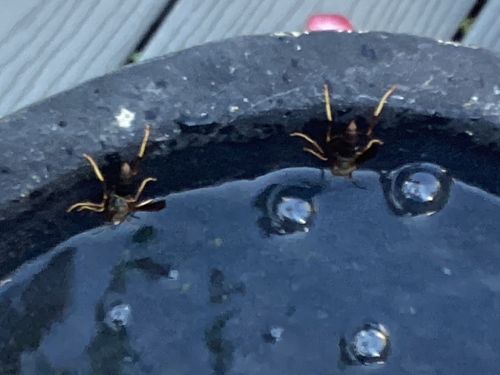Silverfish
Scientific Name: Lepisma saccharina
Order & Family: Order: Zygentoma (formerly Thysanura), Family: Lepismatidae
Size: Typically 10-19 mm (0.4-0.75 inches) long, excluding their caudal filaments.

Natural Habitat
Silverfish prefer dark, cool, and damp places. They are commonly found indoors in homes, libraries, museums, and other buildings. Typical indoor habitats include bathrooms, kitchens, basements, attics, storage areas, and closets. They hide in cracks and crevices, under sinks, behind baseboards, and in stored boxes of paper or clothing.
Diet & Feeding
Silverfish are scavengers and detritivores. They feed on a wide variety of organic materials, particularly those high in carbohydrates and protein. Common food sources include paper, glue, starch, books, photographs, sugar, hair, dandruff, cotton, linen, silk, synthetic fibers, and even dead insects. They are also known to eat their own shed exoskeletons.
Behavior Patterns
Silverfish are primarily nocturnal and prefer dark, damp environments. They are very fast runners and can be difficult to catch. They undergo ametabolous metamorphosis, meaning they continue to molt throughout their lives, even as adults. They can live for several years. They are known for their destructive feeding habits on household items.
Risks & Benefits
Potential risks include significant damage to household items such as books, documents, photographs, wallpaper, clothing, and food products due to their feeding habits. They are not known to bite humans or transmit diseases, so they are not a direct health risk. There are no significant known benefits to humans or the ecosystem from silverfish.
Identified on: 8/16/2025